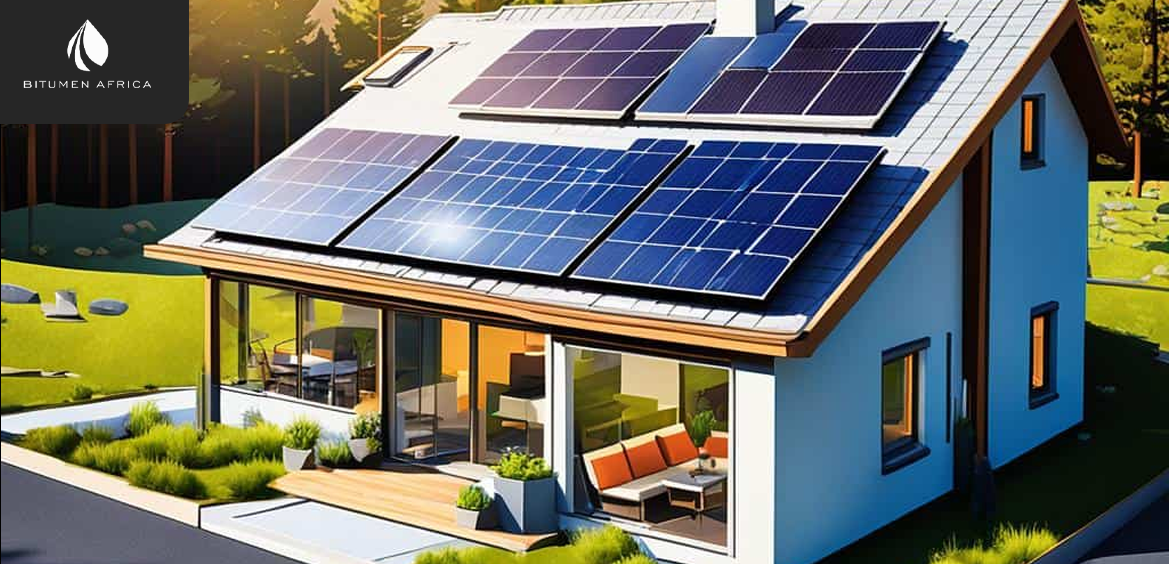In recent years, global solar power capacity has expanded rapidly due to government investments in clean energy and favorable renewable energy policies. Alongside large utility-scale solar projects, more households across the world have adopted solar panels. In response to this growing demand, solar companies have developed a broader variety of solar panel designs, including compact models suited for unconventional spaces, enabling more consumers—particularly urban residents—to access solar energy.
The development of solar technology has been decades in the making. Since the invention of the silicon photovoltaic (PV) cell in 1954, scientists have made significant strides in improving solar panel efficiency—from about 14% in the 1990s to over 23% today. These improvements, along with falling production costs, have made solar energy more accessible. Small-scale, highly efficient panels have also become available, catering to consumers with limited space or budget.
One of the most promising innovations in residential solar is "balcony solar." This small-scale solution is ideal for people living in apartments or homes without roof access. Balcony solar panels can be attached to balconies or terraces and plugged directly into power outlets, simplifying the installation process. Though they generate only about 10% of the electricity produced by traditional rooftop systems, their ease of use and affordability have made them especially popular across Europe, including in Germany, France, and the Netherlands.
Germany has seen a sharp rise in balcony solar use, with around 1.5 million units now in place and over 220,000 new PV devices installed in early 2024 alone. The German government supports this trend through feed-in tariffs and incentives, though it limits balcony systems to 800 watts for safety. In contrast, countries like the U.K. and Belgium currently prohibit plug-in solar systems due to concerns about safety, aesthetics, and regulation. However, the U.K. is considering relaxing its rules following a new safety study aimed at expanding plug-in solar use.
The U.S. faces its own set of challenges with balcony solar adoption. A lack of national safety standards and differences in electrical infrastructure—such as the absence of ground fault circuit interrupters—have slowed progress. Nevertheless, some states, like Utah, are beginning to take legislative steps to promote plug-in solar panels. These efforts, if adopted more broadly, could help the U.S. catch up in enabling renters and apartment dwellers to participate in the solar energy transition.

